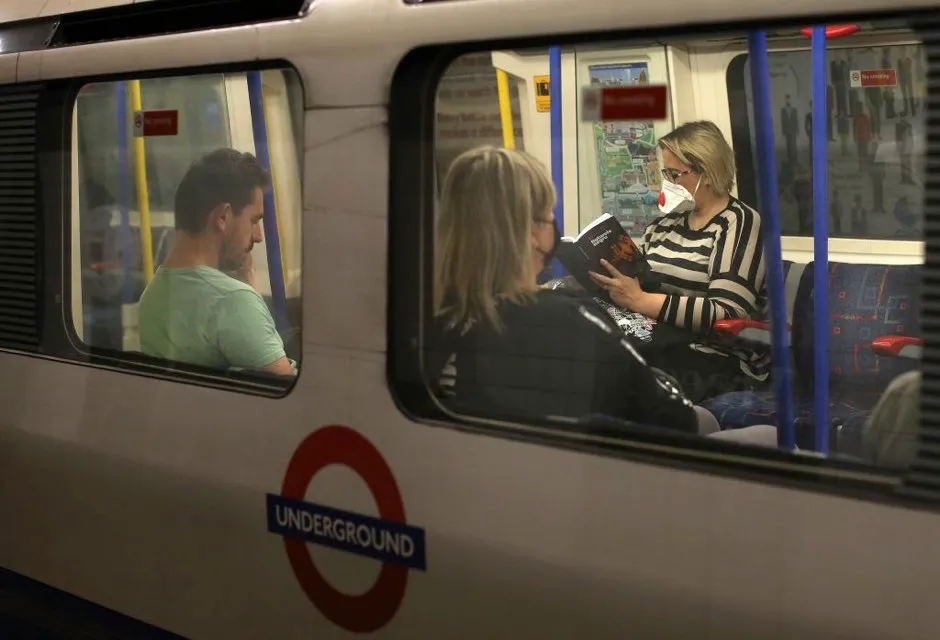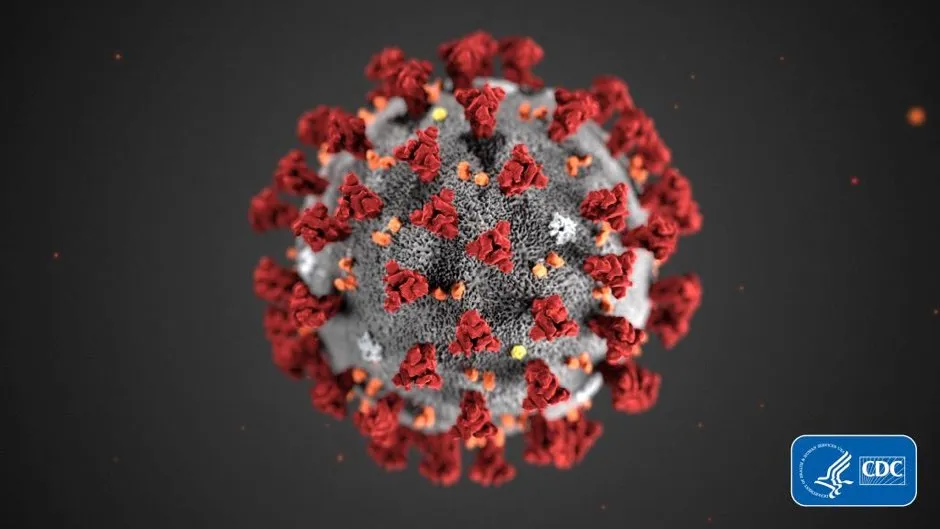Encouraging people to walk or cycle to work as the COVID-19 lockdown eases could help them live longer and limit long-term health consequences of the pandemic, scientists have said.
Researchers have found that walking and cycling to work rather than driving may reduce the risk of early death from heart disease and cancer.
The findings are based on a study of more than 300,000 commuters in England and Wales over a period of 25 years, and come as the government urges Britons to walk, cycle or drive to work to take the pressure off public transport capacity.
Dr Richard Patterson, from the University of Cambridge’s MRC Epidemiology Unit, who led the research, said: “As large numbers of people begin to return to work as the COVID-19 lockdown eases, it is a good time for everyone to rethink their transport choices.
“With severe and prolonged limits in public transport capacity likely, switching to private car use would be disastrous for our health and the environment.
“Encouraging more people to walk and cycle will help limit the longer-term consequences of the pandemic.”
Read more about lockdown:
- Sleep in quarantine: is the lockdown affecting our dreams?
- Coronavirus: Is lockdown an opportunity for scientific research?
- Lockdown: why is social isolation so hard?
Scientists from Imperial College London and the University of Cambridge used data from the UK Office for National Statistics Longitudinal Study of England and Wales, which links data from multiple sources including the Census of England and Wales, and registrations of death and cancer diagnoses.
They found that compared with those travelling by car, people who cycled to work had an overall 20 per cent reduced rate of early death.
When the figures were broken down, cyclists were found to have a 24 per cent reduced rate of death from heart disease, a 16 per cent reduced rate of death from cancer, and an 11 per cent reduced rate of a cancer diagnosis, compared with drivers.
Walking to work was associated with a 7 per cent reduced rate in cancer diagnosis compared with driving, but the team said associations between walking and other outcomes, such as rates of death from cancer and heart disease, were less certain.

Rail commuters had a 10 per cent reduced rate of early death, a 20 per cent reduced rate of death from cardiovascular disease, and a 12 per cent reduced rate of cancer diagnosis, compared with drivers.
This is probably due to them walking or cycling to transit points, the researchers said, adding that rail commuters also tend to be more affluent and less likely to have other underlying conditions.
Read the latest coronavirus news:
- Coronavirus vaccine trial shows drug 'trains immune system' against COVID-19
- Oxford coronavirus trials: here's what we know so far about the COVID-19 vaccine
- Second wave of coronavirus could be spotted in sewage
The data, published in The Lancet Planetary Health journal, revealed 66 per cent of those studied drove to work, 19 per cent used public transport, 12 per cent travelled on foot and 3 per cent commuted on cycle.
Men were more likely than women to drive or cycle to work, but were less likely to use public transport or walk, the team said.
The research did not take into account the differences in the study participants’ additional physical activities, diet, history of smoking, and underlying health conditions, but the team said their findings are compatible with evidence from other studies.

Senior study author Dr Anthony Laverty, from Imperial College London’s School of Public Health, said: “It’s great to see that the government is providing additional investment to encourage more walking and cycling during the post-lockdown period.
“While not everyone is able to walk or cycle to work, the government can support people to ensure that beneficial shifts in travel behaviour are sustained in the longer term.”
How can I protect myself from the coronavirus when shopping?
You’ll have seen signs in your local supermarket advising you to keep two metres from others while moving around the store. This is key to reducing your chances of catching the virus while shopping.
The coronavirus SARS-CoV-2 is spread through respiratory droplets that leave our mouth and nose when we cough, sneeze, or sometimes even talk. The droplets sprayed out by an infected person will contain the virus, which could then enter your body via your mouth, nose or eyes (this is why you shouldn’t be touching your face).
Respiratory droplets don’t usually travel more than one metre, so by keeping two metres from others, you’ll reduce the likelihood of being in the firing line. To make it easier to keep your distance, try to shop during off-peak hours, choose a store that’s limiting the number of people who can be inside at any one time, and use self-checkout if you can.
Keeping your hands clean is the other main thing you can do. If possible, wipe the trolley or basket handles with a disinfectant wipe when you arrive at the store. When you get home, wash your hands or use hand sanitiser before and after unpacking your bags.
A US study found that the coronavirus can survive for up to 24 hours on cardboard, and up to three days on hard, shiny surfaces such as plastic, so wiping down your purchases with a disinfectant spray or a soapy cloth before you put them away is another good habit to get into.
Read more:

